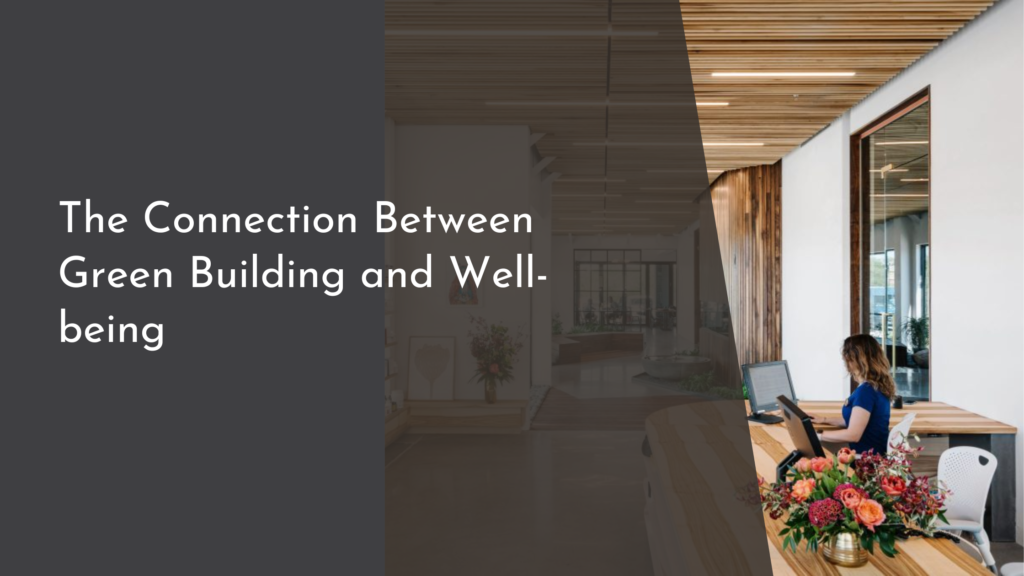Public Policy Frameworks for Sustainable Urbanization
As the world experiences unprecedented urban growth, the concept of sustainable urbanization has emerged as a vital pathway to ensure that cities evolve in harmony with environmental, social, and economic needs. Sustainable urbanization emphasizes the creation of livable spaces that not only accommodate growing populations but also protect our planet’s resources for future generations. This journey towards vibrant, sustainable cities requires a solid foundation of public policy frameworks that guide urban development, promote ecological stewardship, and foster community engagement. By understanding the principles and strategies that underlie effective policy-making, we can pave the way for a brighter, greener urban future.
Understanding Sustainable Urbanization: A Bright Future Ahead
Sustainable urbanization refers to the process of developing urban areas in a manner that balances the needs of the population with the preservation of natural resources and ecosystems. This approach seeks to create cities that are not only economically viable but also environmentally sound and socially inclusive. As urban centers continue to attract people from rural areas, the necessity for sustainable practices becomes increasingly apparent. Embracing sustainable urbanization can lead to enhanced quality of life, reduced environmental impact, and improved resilience against the challenges posed by climate change, making it a critical focus for urban planners and policymakers alike.
The potential benefits of sustainable urbanization are indeed vast. It can lead to cleaner air and water, reduced waste generation, and improved public health through the promotion of green spaces and sustainable transportation options. Moreover, cities that prioritize sustainability can attract investments, boost local economies, and create job opportunities in emerging industries. By fostering innovation and prioritizing community well-being, sustainable urbanization offers a hopeful vision of the future, one where urban environments harmoniously coexist with nature and serve as catalysts for social progress.
Key Principles of Effective Public Policy Frameworks
Effective public policy frameworks are essential to guide cities along the path of sustainable urbanization. These frameworks should be built upon key principles such as inclusivity, adaptability, and transparency. Inclusivity ensures that diverse voices, including marginalized communities, are heard in the urban planning process, allowing for the creation of spaces that cater to the needs of all residents. Adaptability emphasizes the importance of resilient policies that can evolve with changing circumstances, particularly in the face of rapid urbanization and climate change. Finally, transparency fosters trust and accountability, enabling citizens to engage with policymakers and understand the rationale behind urban development decisions.
Incorporating these principles into policy design not only enhances the effectiveness of urban strategies but also strengthens community ties. When residents feel informed and involved, they are more likely to support sustainable initiatives and contribute positively to their communities. Moreover, the collaborative nature of these frameworks can lead to innovative solutions that prioritize collective well-being over individual interests. Thus, a strong public policy foundation rooted in these principles is crucial for driving sustainable urbanization and creating cities that thrive for generations to come.
Innovative Strategies for Greener, Smarter Cities
To realize the vision of sustainable urbanization, cities must leverage innovative strategies that prioritize environmental sustainability and technological advancements. One such strategy is the implementation of smart city technologies, which utilize data and digital tools to enhance urban infrastructure and services. For example, smart traffic management systems can reduce congestion and emissions, while energy-efficient buildings can significantly lower energy consumption. By integrating technology into urban planning, cities can optimize resources, improve public services, and create a more connected and efficient urban environment.
Another innovative approach involves the promotion of green infrastructure, which includes parks, green roofs, and urban forests that provide essential ecosystem services. These natural solutions not only improve air quality and mitigate urban heat but also enhance the aesthetic appeal of cities, making them more attractive to residents and tourists alike. By investing in both smart technologies and green infrastructure, cities can create a cohesive and sustainable urban ecosystem that nurtures the environment while enhancing the quality of life for all residents.
Collaborative Approaches: Engaging Communities in Urban Planning
Engaging communities in urban planning is a fundamental aspect of sustainable urbanization. Collaborative approaches encourage active participation from residents in the decision-making process, ensuring that their voices are heard and their needs are considered. This engagement can take various forms, from public consultations and workshops to participatory budgeting, where citizens have a direct say in how public funds are allocated. By fostering a sense of ownership and community pride, these collaborative efforts can lead to more effective and widely supported urban policies.
Moreover, engaging communities in urban planning empowers them to take an active role in shaping their environments. This grassroots involvement not only fosters innovation and creativity but also strengthens social cohesion among residents. When communities come together to advocate for sustainable practices, such as the establishment of community gardens or the promotion of public transportation, they create a ripple effect that inspires collective action. Ultimately, collaboration between policymakers and residents is essential for developing sustainable urban environments that are inclusive, resilient, and reflective of the diverse needs of the population.
In conclusion, the journey towards sustainable urbanization is not just about building eco-friendly cities; it’s about creating vibrant communities that thrive on collaboration, innovation, and inclusivity. By establishing effective public policy frameworks, leveraging innovative strategies, and engaging residents in the planning process, we can forge a brighter future for urban living. As cities around the world embrace sustainable practices, we can look forward to a harmonious coexistence between urban development and environmental stewardship, ensuring that future generations inherit cities that are not only livable but also beautiful and resilient. The future of urbanization is indeed bright, and it beckons us all to participate in the journey ahead!

